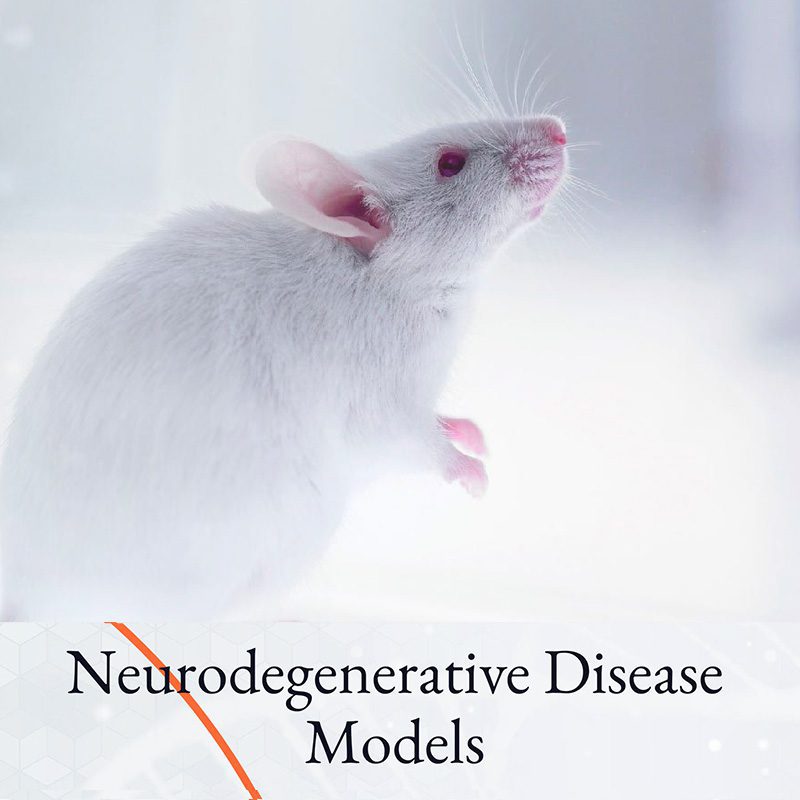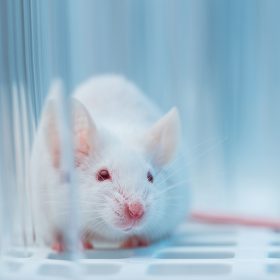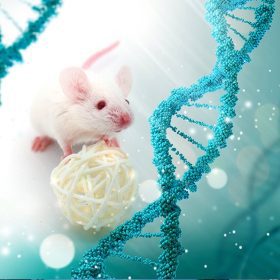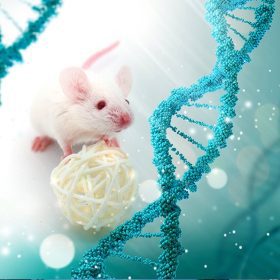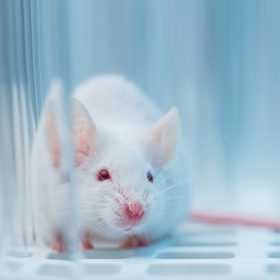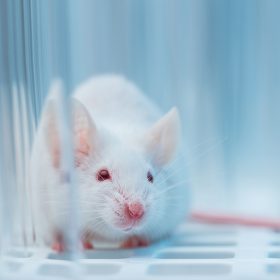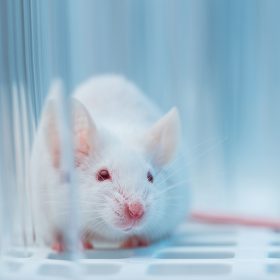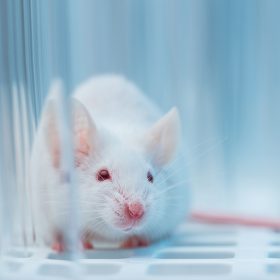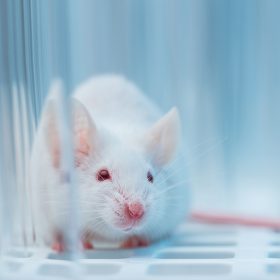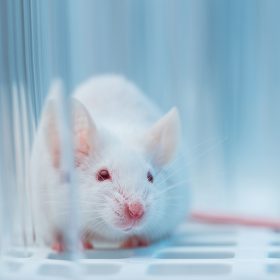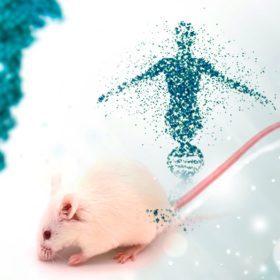Genetically Engineered Mouse Models for CNS Research & Development
CNS disorders have significant unmet medical needs for safe and effective treatments. The failure rate of CNS drugs in Phase 2 and Phase 3 clinical trials is approximately 85%. Many large pharmaceutical companies have ended their CNS research efforts because of the low success rate in developing new treatments. Innovative animal models that better represent human CNS disorders are essential to accelerating the identification of new targets and the development of new therapeutics.
GemPharmatech, a leader in genetically engineered mouse models, has several offerings that address this challenge.
Knockout All Project: KOAP
GemPharmatech is building a resource library of knockout (KO) and conditional knockout (CKO or floxed) models for the 22,000+ protein coding genes in the mouse genome using CRISPR-Cas9 technology and have completed more than 17,000 models to date. Existing models can be delivered in as little as 90 days and new models average 5-8 months for production.
Search for available KOAP mouse models to use in your research studies.
Customized Mouse Model Development
GemPharmatech has extensive experience in gene editing technology and has established tens of thousands of gene-edited models utilizing CRISPR-Cas9, TALEN, ZFN, ES, and other technologies. We develop more than 6,000 new models each year and can work with you to develop custom mouse models to meet the needs of your unique development program. We guarantee that the models we develop meet specifications.
Preclinical Services
If you do not have preclinical research services in-house, GemPharmatech can provide an array of preclinical research services either directly or through our partners.
Model Availability
GemPharmatech has a variety of strains of interest relevant to CNS disorders, including those shown in the following table. This list is not comprehensive.
|
Therapeutic Area of Interest |
Strain Name |
Gene Name |
|---|---|---|
|
Alzheimer’s Disease |
Apoe-KO/Il16-KO Apoe-KO; Apoe4-flox App-flox; App-KO Bace1-flox; Bace1-KO Capn1-flox; Capn1-KO Casp3-flox; Casp3-KO Casp9-flox; Casp9-KO Cdk5r1-flox; Cdk5r1-KO Gsk3b-flox; Gsk3b-KO Mapt-flox; Mapt-KO Psen1-flox; Psen1-KO Tnfrsf21-flox; Tnfrs21-KO Trem2-flox; Trem2-KO |
Apolipoprotein E, Interleukin 6 Apolipoprotein E Amyloid β (A4) precursor protein β-site APP cleaving enzyme 1 Calpain Caspase 3 Caspase 9 Cyclin-dependent kinase 5, regulatory subunit 1 (p35) Glycogen synthase kinase 3 beta Microtubule-associated protein tau Presenilin 1 Tumor necrosis factor receptor superfamily, member 21 Triggering receptor expressed on myeloid cells 2 |
|
Amyotrophic Lateral Sclerosis (ALS) |
C9orf72-flox; C9orf72-KO Fus-flox; Fus-KO Sod1-flox; Sod1-KO |
Chromosome 9 open reading frame 72 Fused in sarcoma Superoxide dismutase 1 |
|
Frontotemporal lobar degeneration (FTLD) |
C9orf72-flox; C9orf72-KO Fus-flox; Fus-KO Sod1-flox; Sod1-KO Grn-flox; Grn-KO |
Chromosome 9 open reading frame 72 Fused in sarcoma Superoxide dismutase 1 Granulin |
|
Autism Spectrum Disorders (ASD) |
Grin1-flox; Grin1-KO |
Glutamate receptor, ionotropic; NMDA1 (zeta 1) |
|
Epilepsy |
Grin1-flox; Grin1-KO |
Glutamate receptor, ionotropic; NMDA1 (zeta 1) |
|
Parkinson’s Disease |
Gsk3b-flox; Gsk3b-KO Lrrk2-flox; Lrrk2-KO Pink1-flox; Pink1-KO Polrmt-flox; Polrmt-KO Ppargc1a-flox; Ppargc1a-KO Prkn-flox; Prkn-KO Snca-flox; Snca-KO Tfam-flox; Tfam-KO |
Glycogen synthase kinase 3 beta Leucine-rich repeat domain kinase 2 PTEN-induced kinase 1 Polymerase (RNA) mitochondrial (DNA directed) Peroxisome proliferative activated receptor, gamma, coactivator 1 alpha Parkin RBR E3 ubiquitin protein ligase Synuclein, alpha Transcription factor A, mitocondrial |
|
Huntington’s Disease |
Htt-flox; Htt-KO |
Huntingtin |
|
Hutchinson-Gilford Progeria Syndrome |
Lmna-flox ; Lmna-KO
|
Lamin A
|
|
Spinal Muscular Atrophy (SMA) |
Smn1-flox ; Smn1-KO |
Survival motor neuron 1 |
|
Familial Amyloid Polyneuropathy |
Ttr-flox ; Ttr-KO |
Transthyretin |

